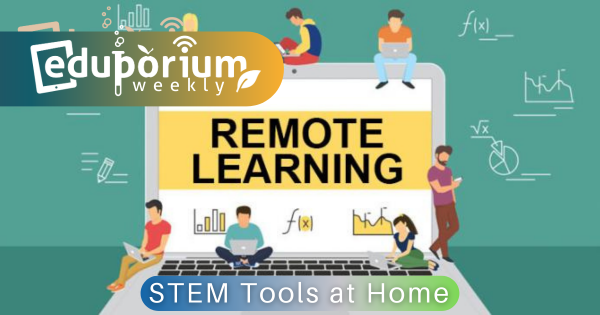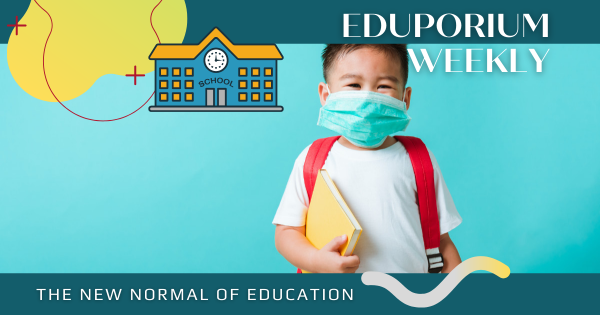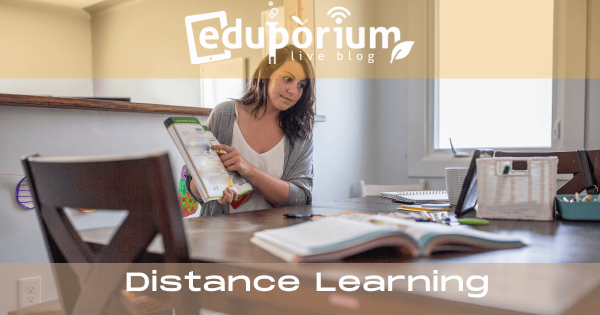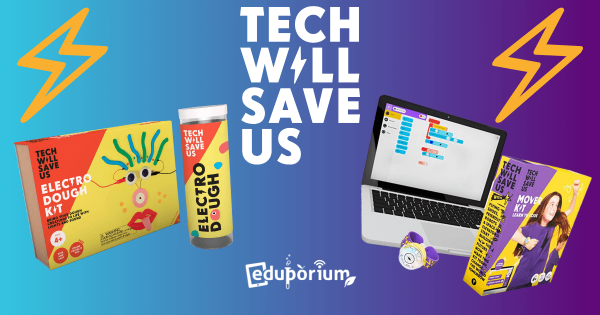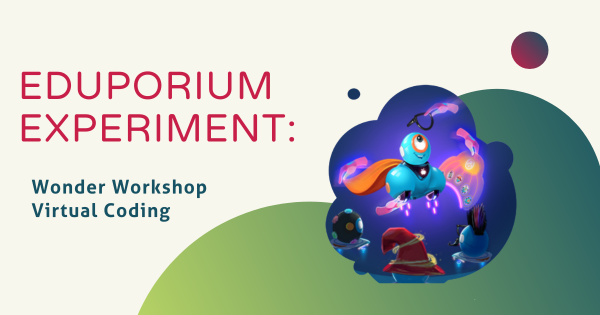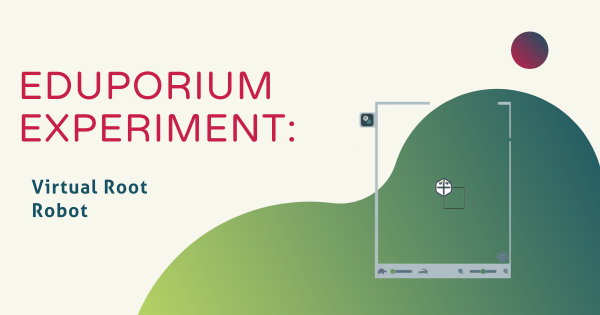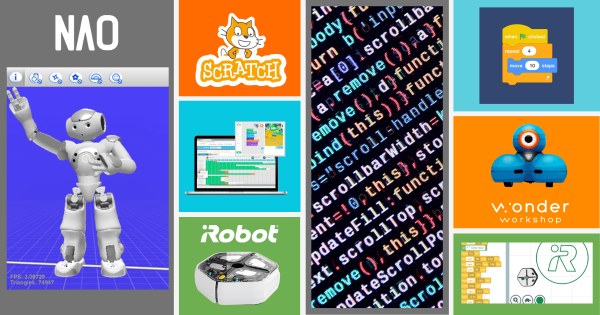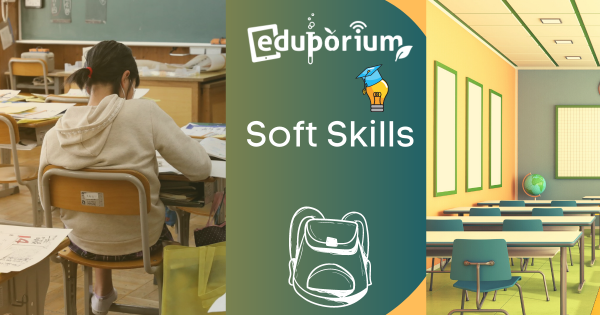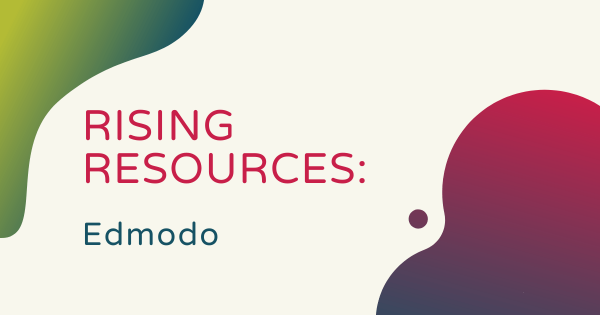With help from our vendor partners, we’ve been working hard to make sure educators know how to adapt the tech tools they consistently rely on in the classroom into a home learning solution. Each one is different, but the opportunities to include STEM experiences, like coding, engineering, and design, in distance learning are there.
Distance Learning
The advent of distance learning during the COVID-19 pandemic brought about profound impacts on children, educators, and STEM education. For kids, the shift to online learning presented both challenges and opportunities. While some thrived in the self-paced environment, others faced difficulties with connectivity, lack of resources, and fewer face-to-face interactions. That digital divide became extra pronounced, with disparities in access to technology hindering experiences for underserved children as well. Teachers found themselves rapidly adapting to virtual classrooms, navigating new technologies, or redesigning lessons. That absence of in-person engagement also posed challenges with maintaining student focus and addressing individual learning needs. However, it did help to spur creativity, pushing teachers to explore innovative teaching methods and leverage technology to enhance instruction.
-
Eduporium Weekly | Reopening Schools In The Fall
State officials and education leaders are starting to announce their plans for reopening schools in the fall. While we know that students and teachers returning to the physical classroom is ideal, there are plenty of opponents to this course of action who think it will be unsafe. There are so many things for school leaders to consider as plans remain -
Our Distance Learning Live Blog: Tech Resources For Educators
We’re putting together this running collection of remote learning resources for educators to explore during school closures caused by the coronavirus. We will make updates to this page regularly as new resources are provided from reputable education providers and we wish everybody lots of success in remote teaching and learning. You’ve got this! -
Homeschool STEAM Ideas from Our Friends at Tech Will Save Us
The team at Tech Will Save Us has created a unique line of STEAM learning tools—kits students can use to learn about a lot of different aspects of STEAM education. From conductivity and circuitry to coding and sewing, their increasing variety of options provides something for students with various interests to design and construct projects at home. -
We've Selected the Recipient of our EdTech Grant for April
This month, the award goes to Save Our Children Elyria, a big afterschool program in Elyria, Ohio! The group helps support many local K-12 students throughout the Elyria City Schools with various academic and nutritional assistance year round and, since learning has transitioned largely online, they’ve created a virtual makerspace for students! -
Eduporium Experiment | Wonder Workshop Virtual Coding
While much of teaching and learning is now taking place outside of the typical classroom setting, Wonder Workshop has remained committed to creating solutions that are easy to access, learner centric, engaging, trackable, and provide parents with the knowledge and tools to assist their children while learning at home. Learn about the virtual Dash here! -
Eduporium Experiment | Virtual Root Robot
Starting as an iOS-exclusive robot, Root has just recently implemented an online coding platform which can be accessed on most major devices! With iRobot’s online coding platform, students don’t even need the physical Root to practice coding! Keep reading if you want to learn more about how students can code at home with Root’s Virtual SimBot. -
Eduporium Weekly | Continuing Coding Education At Home
With everybody scrambling to find some sort of solution to get as much as they can from this experience and also reminding each other that distance learning does not have to be perfect, some things that students do in their classrooms are going to be fully eliminated or scaled back when it comes to remote learning. And, one of those -
Coronavirus And Education: Soft Skills And Their Importance
In what’s rapidly becoming an unprecedented time for those in the education world (as well as other industries that notably include technology and professional sports), the dangerously quick spread of news is something all of us—educators included—have to be weary of and soft skills can play a role for teachers, administrators, and students. -
Rising Resources | Edmodo Learning Management System
If you’ve worked in the classroom, attended EdTech conferences, or kept up to date with the latest happenings in the technology world, then there’s a pretty good chance you’ve heard of Edmodo. There’s also a pretty good chance you’ve already used it with your students. But, if not, you can learn all about it in this week’s Rising Resources blog!
Page
- Page Previous
- Page 1
- You're currently reading page 2
- Page 3
- Page Next




